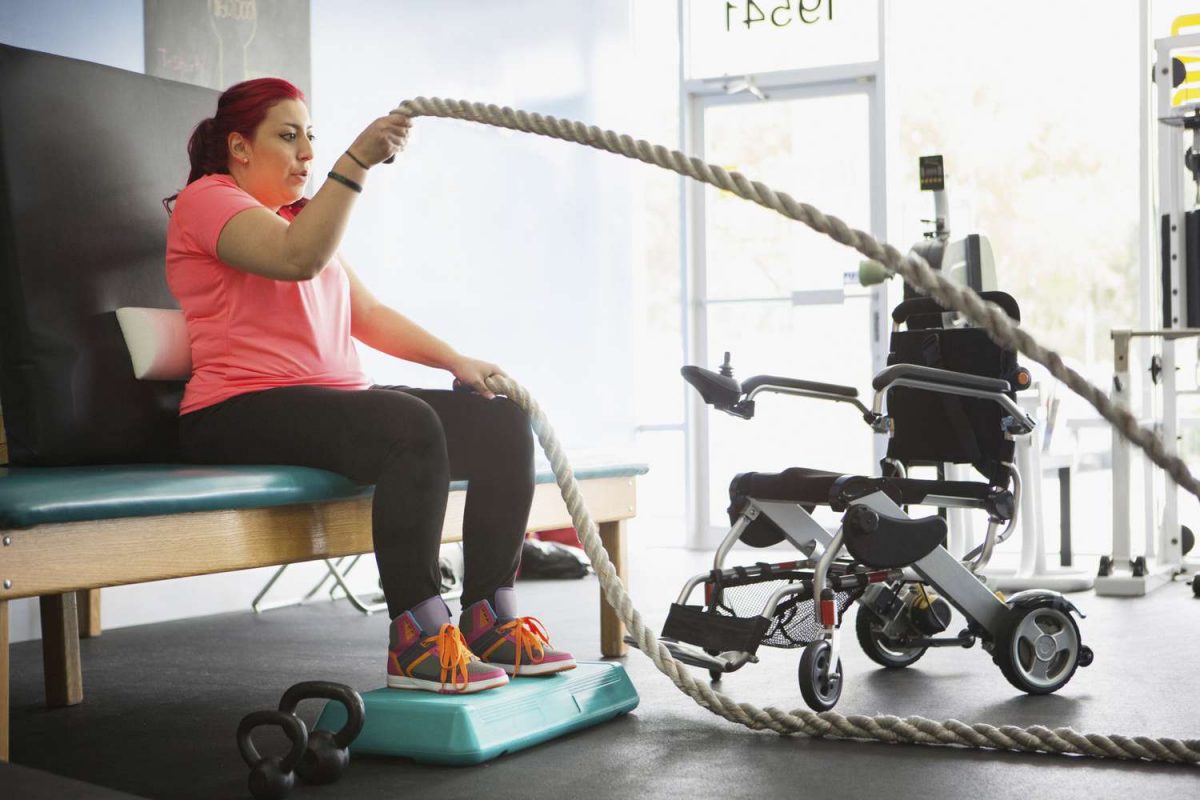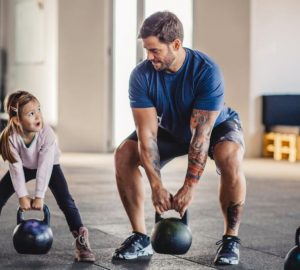For people with limited mobility, it can be a real challenge to obtain regular amounts of exercise. Aside from the physical strain that it could cause, there are also psychological barriers to exercising, including a lack of motivation, low self-confidence or the fear of aggravating an existing injury. This goes a long way to explaining why 7 out of 10 people with disabilities do not take part in any physical activity.
This doesn’t need to be the case, however. People with limited mobility are very capable of getting regular exercise and often they just need some encouragement from a friend or family member. Once they try out exercises such as boxing, aqua-jogging, yoga or aerobics, they often stick with them and the consequences of doing so are beneficial for a number of reasons. The body adjusts so that it can withstand pain a lot more easily, while the person grows far more self-confident as they realise what they’re capable of. There’s also the possibility of the person meeting new people through taking fitness classes, which can be the foundation of lasting friendships.
Here’s a comprehensive exercise guide tailored for people with limited mobility:
-
Seated Marching: Sit in a sturdy chair with your feet flat on the floor. Lift one foot off the ground and march in place, alternating legs. Do this exercise for 1-2 minutes to warm up your lower body and increase blood flow.
-
Seated Leg Extensions: Sit in a chair and extend one leg straight out in front of you. Hold for a few seconds, then slowly lower it back down. Repeat with the other leg. Perform 10-15 repetitions on each leg to strengthen your quadriceps muscles.
-
Seated Arm Curls: Sit in a chair with your feet flat on the floor and hold a pair of light dumbbells or water bottles in each hand. Keeping your elbows close to your sides, bend your arms at the elbows, bringing the weights toward your shoulders. Lower them back down slowly. Perform 10-15 repetitions to strengthen your biceps.
-
Seated Shoulder Press: Sit in a chair with your feet flat on the floor and hold a pair of light dumbbells or water bottles at shoulder height, with your palms facing forward. Extend your arms upward, fully extending your elbows. Lower them back down slowly. Perform 10-15 repetitions to strengthen your shoulder muscles.
-
Seated Leg Circles: Sit in a chair and extend one leg straight out in front of you. Rotate your foot in a circular motion, making small circles clockwise and then counterclockwise. Repeat with the other leg. Perform 5-10 circles in each direction to improve ankle mobility and blood circulation.
-
Seated Torso Twists: Sit in a chair with your feet flat on the floor and place your hands on your hips. Slowly twist your torso to the right, then back to the center, and then to the left. Repeat this movement 10-15 times to improve spinal mobility.
-
Seated Stretching: While seated in a chair, gently stretch your neck by tilting your head forward, backward, and side to side. Stretch your shoulders by rolling them forward and backward. Stretch your arms by reaching overhead and holding the stretch for a few seconds. Perform gentle stretches for your chest, back, and legs as well, focusing on areas that feel tight or stiff.
-
Deep Breathing: Sitting in a comfortable position, take slow, deep breaths in through your nose, allowing your abdomen to rise as you fill your lungs with air. Exhale slowly through your mouth, feeling your abdomen fall. Repeat this deep breathing exercise for 5-10 minutes to relax your body and mind.
This infographic from Burning Nights (http://www.burningnightscrps.org/) explores the exercise options for people with limited mobility, as well as highlighting how it can be done and what it can do for them. Take a look below to find out more.
Remember, start slowly and gradually increase the intensity and duration of your exercises as your strength and stamina improve. If you experience pain or discomfort during any exercise, stop immediately and consult your healthcare provider. Stay consistent and make exercise a part of your daily routine to enjoy the numerous benefits it offers.
Disclaimer: The information provided in this exercise guide is for educational purposes only and should not be considered a substitute for medical advice. Always consult with your healthcare provider before starting any exercise program.









